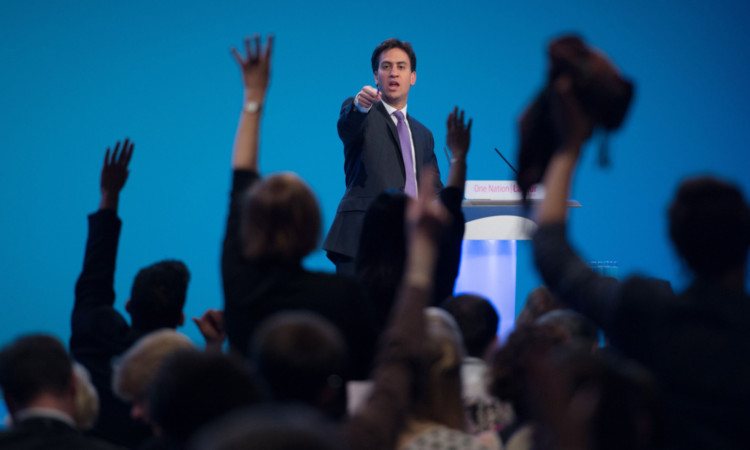
A report from the Jimmy Reid Foundation (JRF) lays bare the problems with the “worst of all possible worlds” energy market we have.
The lure of cheaper energy bills comes sharply into focus as winter draws closer and battles over thermostat settings get underway in homes across Britain.
Ed Miliband set the party conference season agenda with his promise of a two-year freeze on fuel bills.
The move, opposed by the SNP energy minister Fergus Ewing, is designed to give consumers some breathing space while a newly elected Labour government in 2015 he hopes reforms the energy market.
But the headline-grabbing initiative addresses the symptoms, not the cause of the problems with the UK energy market.
A compelling report by the Jimmy Reid Foundation (JRF) laid bare the problems with the “worst of all possible worlds” energy market we have a model that continues to squeeze the family finances with price hikes without ever seeming to dent the profits of the “Big Six” energy giants.
The left-wing think tank exposes the inconvenient truth that, despite the hot air coming from Holyrood and Westminster, politicians have little influence over our long-term energy supply.
According to the JRF, foreign state or privately owned firms now own around a fifth of the total UK energy market, but it is higher in the case of nuclear (68%) and just over half of all new offshore wind farms are being built by non-British companies.
A survey of the power companies published last year estimated about three quarters of UK energy generating capacity is foreign owned. This presents big headaches for any Scottish or UK Government trying to make changes to the market which involve less profit and cheaper bills.
The JRF report concludes:“It could be argued that French, Norwegian and Russian governments, through their state-owned corporations, have collectively far more control over UK (and Scottish) strategic energy interests than any British political actor.
“Both the UK and Scottish governments have been somewhat complacent in this regard, seeming to believe that it does not matter who owns the UK’s energy sector.”
The price paid for such little influence is an expensive one. The Big Six have benefited from price hikes over the past decade which has left the UK with the fourth highest pre-tax energy prices in the 15 European Union countries excluding the new East and Central European accession states.
Does it matter if a big private energy company is based in Madrid rather than Glasgow? Would consumers see any difference to their bills if it we only had indigenous firms operating?
They would if the energy supply was put back into public ownership, claims the JRF. They argue Governments, housing associations and councils could have access to borrowing with lower lending rates than the current private operators get from the markets, resulting in “important consequences for lowering fuel prices for consumers”.
JRF claim its model would make a typical new offshore wind development up to 22% cheaper, with the savings being passed directly on to the public. The think tank points to countries such as Germany and Denmark where public energy companies are formed at village and town level, resulting in cheaper bills.
But where the wheels come off, or at least require a really big leap of faith from whoever is running the county, is how you get to that point. The JRF report says that existing on and offshore renewable developments would have to come under control of a state run energy firm, with private operators forced to transfer a 51% shareholding to a publicly owned enterprise.
The renationalisation could also extend to oil fields, the authors claim. This is a hard sell, perhaps not to voters, but certainly to shareholders and Labour and the Tories who created and reinforced our privatised set-up.
But to cast the Big Six energy firms as monsters is unfair. They employ tens of thousands of people north of the Border and are investing billions into the UK’s antiquated energy infrastructure.
Perhaps most importantly, they keep the lights on, often with world leading expertise in challenging localities such as the remote Highlands. However, Mr Miliband and the JRF have tapped into a growing public appetite for fairness instead of profits to become the dominating factor in our energy market.

Enjoy the convenience of having The Sunday Post delivered as a digital ePaper straight to your smartphone, tablet or computer.
Subscribe for only £5.49 a month and enjoy all the benefits of the printed paper as a digital replica.
Subscribe